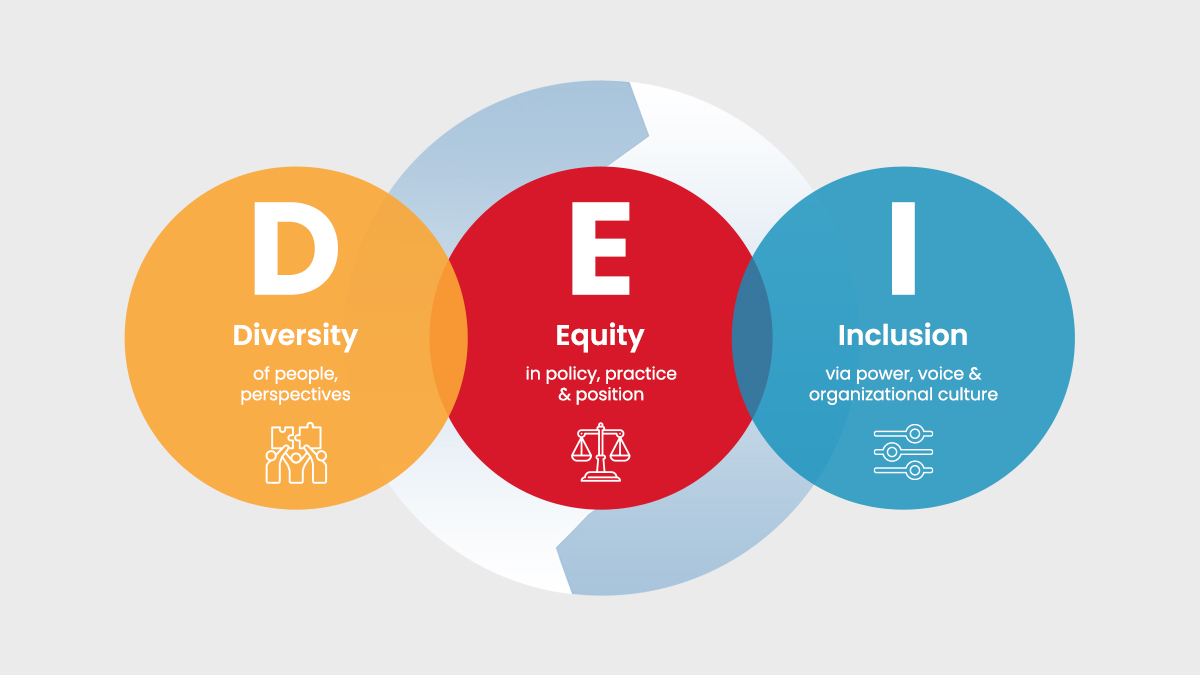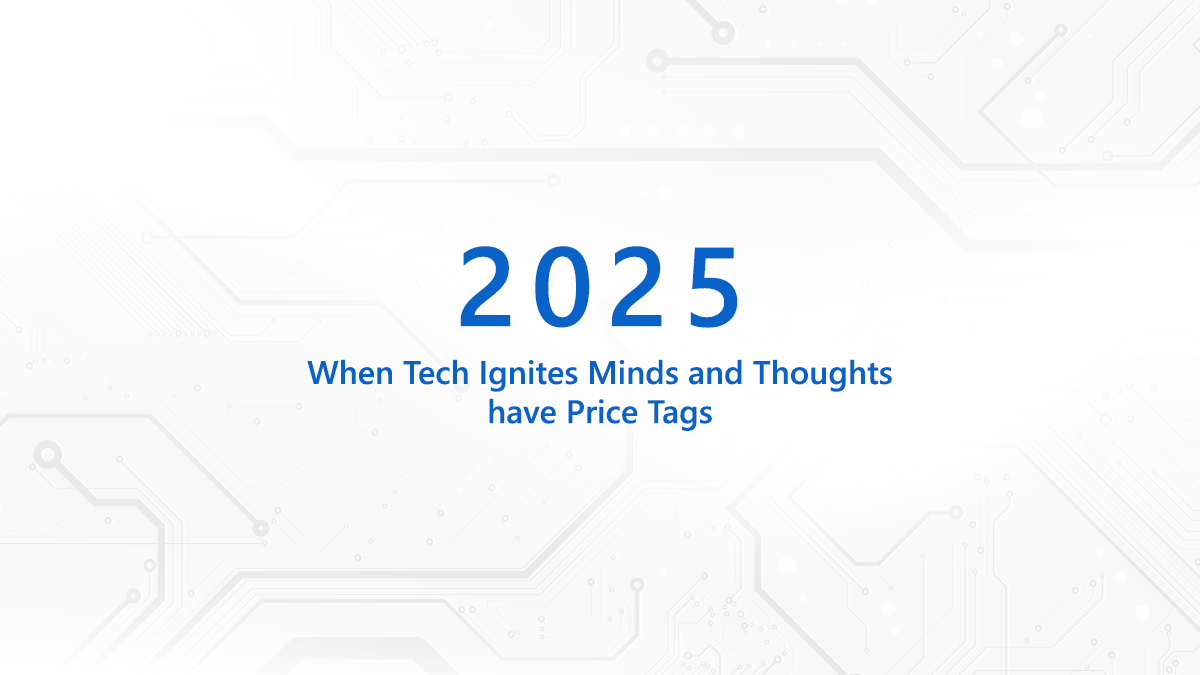Vimala Devi of Lakadhar village in Shimla district never imagined her stomach ache could amplify into a critical health crisis. After bearing the pain for a month, Devi was admitted to Kamla Nehru Hospital, Shimla. To her family’s dismay, she was diagnosed with uterine cancer. A surgery was the only remedy to treat this malignancy.

Devi’s family lacked the financial wherewithal to meet the steep expenses of cancer treatment. All hopes would have been dashed but for a cashless card that lit up hope. The health card provided by Himachal Health Care Scheme or Himcare offered surgery and other treatment for free.
Myriad families like Devi’s are benefiting from the flagship scheme Himcare run by the department of health & family welfare, Himachal Pradesh. The state has been running this scheme since January 1, 2019 to offer cashless treatment to families left out of the ambit of Ayushman Bharat - Pradhan Mantri Jan Arogya Yojana. The scheme offers a family floater cover of Rs 5,00,000 per year.
Himcare scheme is designed to inch closer to ‘Sustainable Development Goals’ (SDGs) which identifies universal health coverage with financial risk protection as one of the critical targets. Almost 90 million people across the world are impoverished by mounting health expenses every year. In India, the scenario is unsettling as on an average, each person spends $109 per year from his own pocket to access health services.
Today, around 60 per cent of the insurance market in India is government led. And, this builds the case for an efficient delivery of insurance solutions. This is where Himcare stands out. An engagement with Odisha-based GovTech major CSM Technologies, paved the path for Himachal Pradesh Government to put in place an automated monitoring and evaluation system, thus creating a win-win situation for all stakeholders.
Before CSM rolled out this solution, the Department of Health & Family Welfare, HP confronted many hurdles in scheme implementation. First - the lack of centralised information made the process tough for authentication and verification of beneficiaries. Multiple back and forth performed manually for empanelment of hospitals and verification of beneficiary’s credentials had turned irksome. The whole process devoured time, lacked transparency and raised risks of frauds and duplication of records.
Himcare Scheme Monitoring System smoothened the jagged edges with an automated ICT platform wherein layers of data pertaining to beneficiaries, hospitals, medical records, treatment packages and claims are authenticated and validated through data mining and warehousing.
Both government and private hospitals can be empanelled under the scheme. The automated system generates health card and offers a DigiLocker for saving it. Settlement of claims is governed by a four-stage verification process. Moreover, the system provides for a Grievance Management System and offers an ‘Audit and Support Service’ where empanelled hospitals are audited by the Third Party Administrator (TPA) to appraise their services.
The end-to-end automation solution has delivered and the metrics below speak volubly of its success during 2019 and 2020.
Applications Received: 469567
Health Cards Issued: 423960
Cards Renewed: 97129
Active Families/Cards: 307723
Empanelled Hospitals: 269
Cases Discharged: 102978
Claims Raised by Hospital: 90597
Claims Initiated for Payment: 67098
Claims Settled/Payment Successful: 64789
Amount Paid (To Hospitals) for Settled Cases: Rs 50.53 crore
Schemes like Himcare are kindling hope for the poor and disenfranchised- people who have dreaded exorbitant healthcare costs. And when such cashless schemes get a generous sprinkling of the right ‘GovTech’ solution, it changes the way the government connects and delivers to the bottom of the pyramid.
CSM Technologies has devised and implemented similar solutions for State Governments of Odisha and Chhattisgarh.
The author is Priyadarshi Nanu Pany, founder & CEO of CSM Technologies. This article was originally published on NEXUS OF GOOD.


























































We will verify and publish your comment soon.